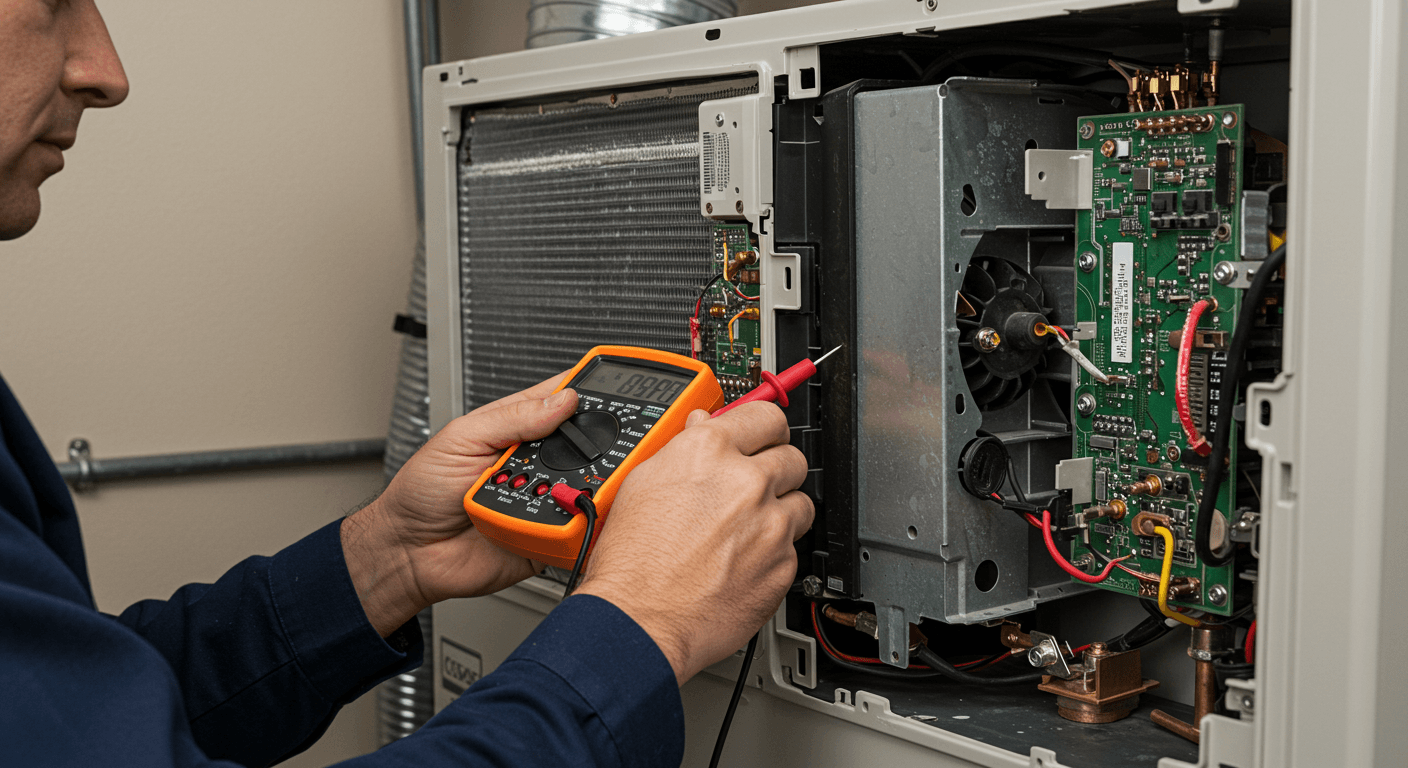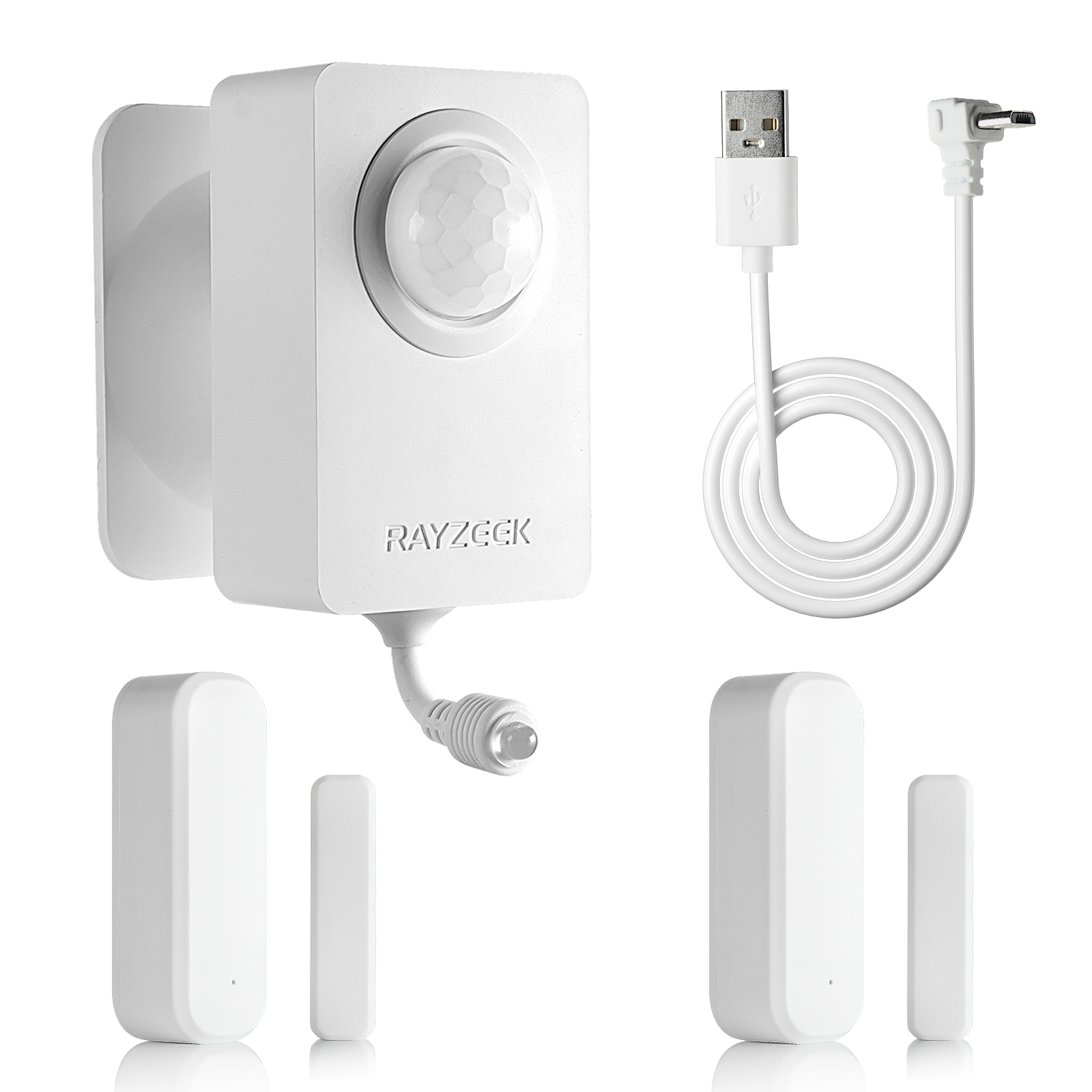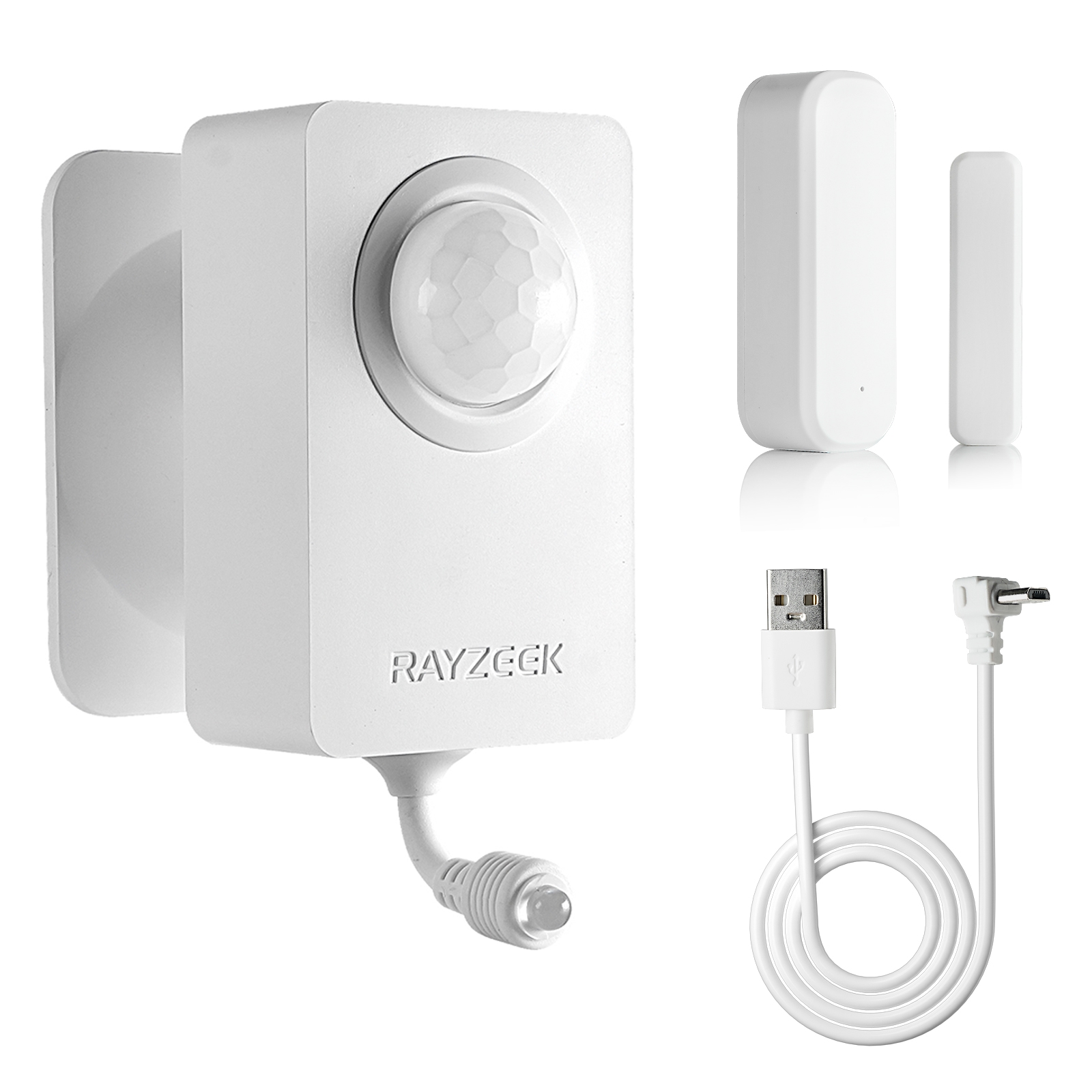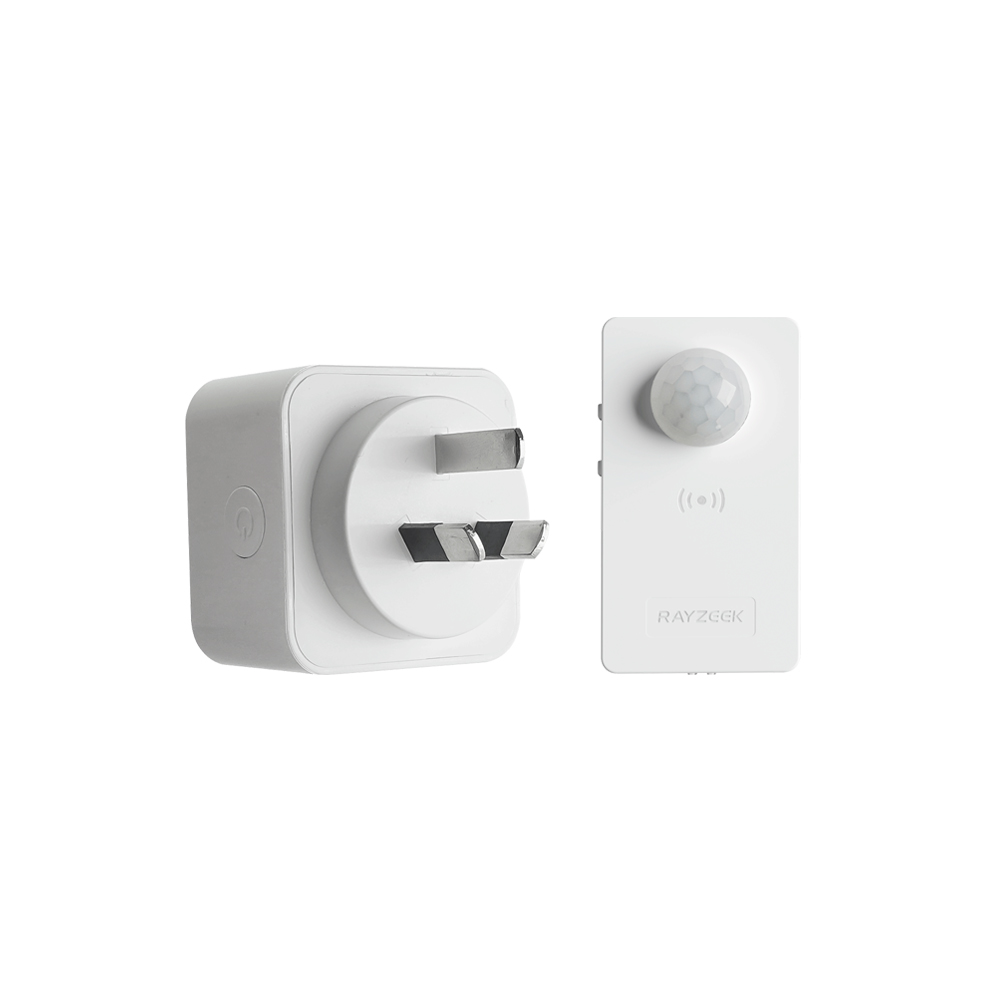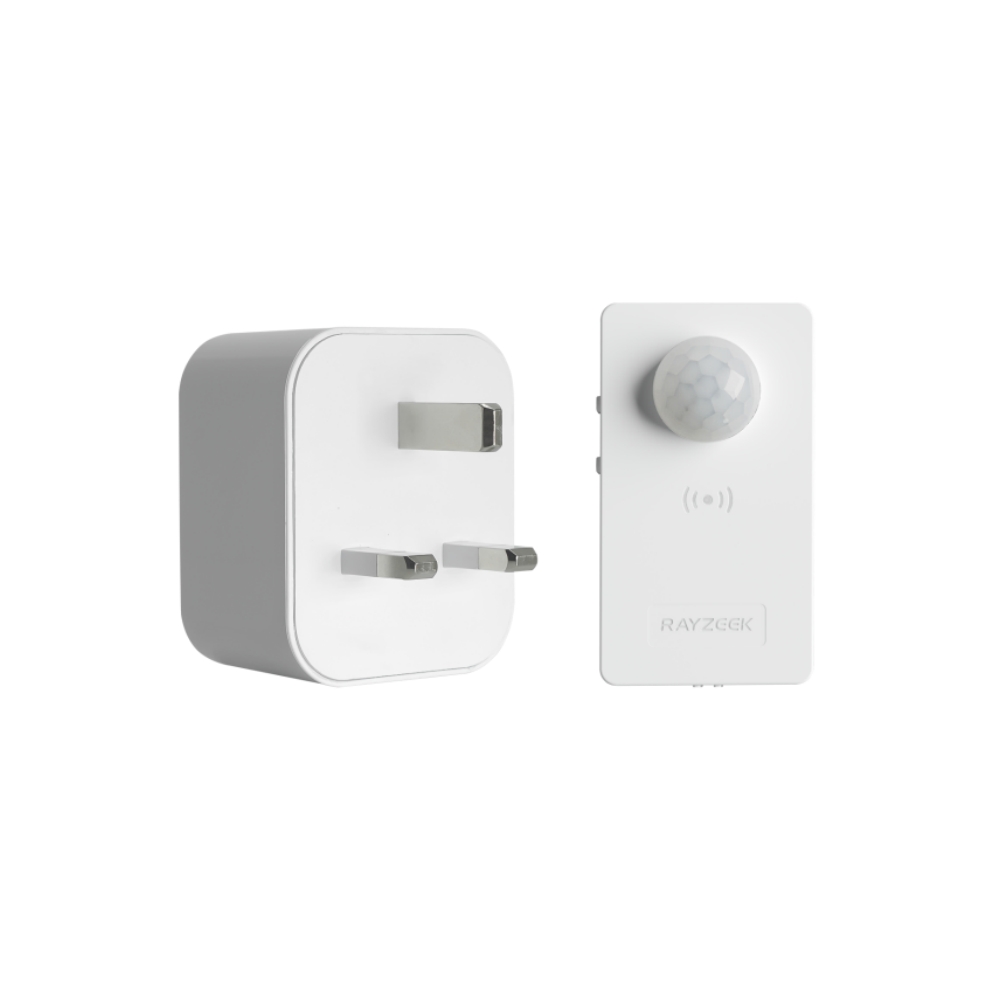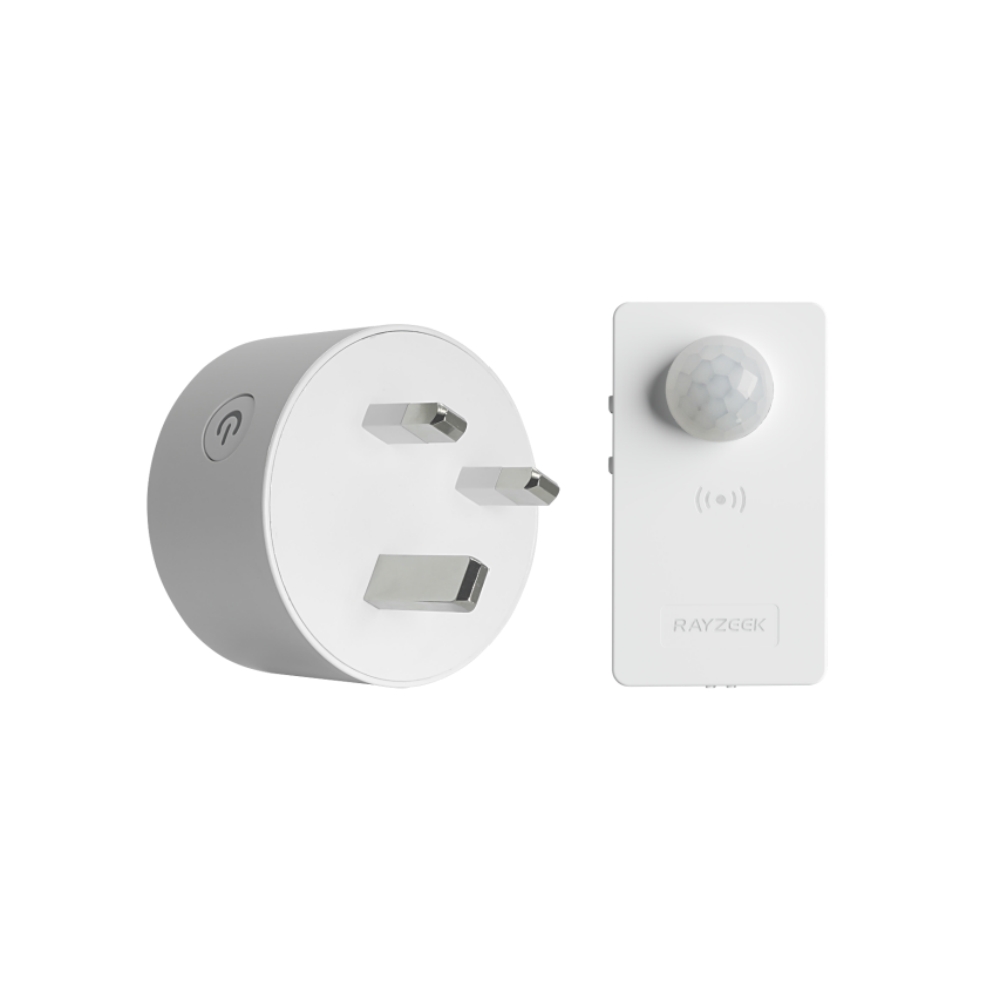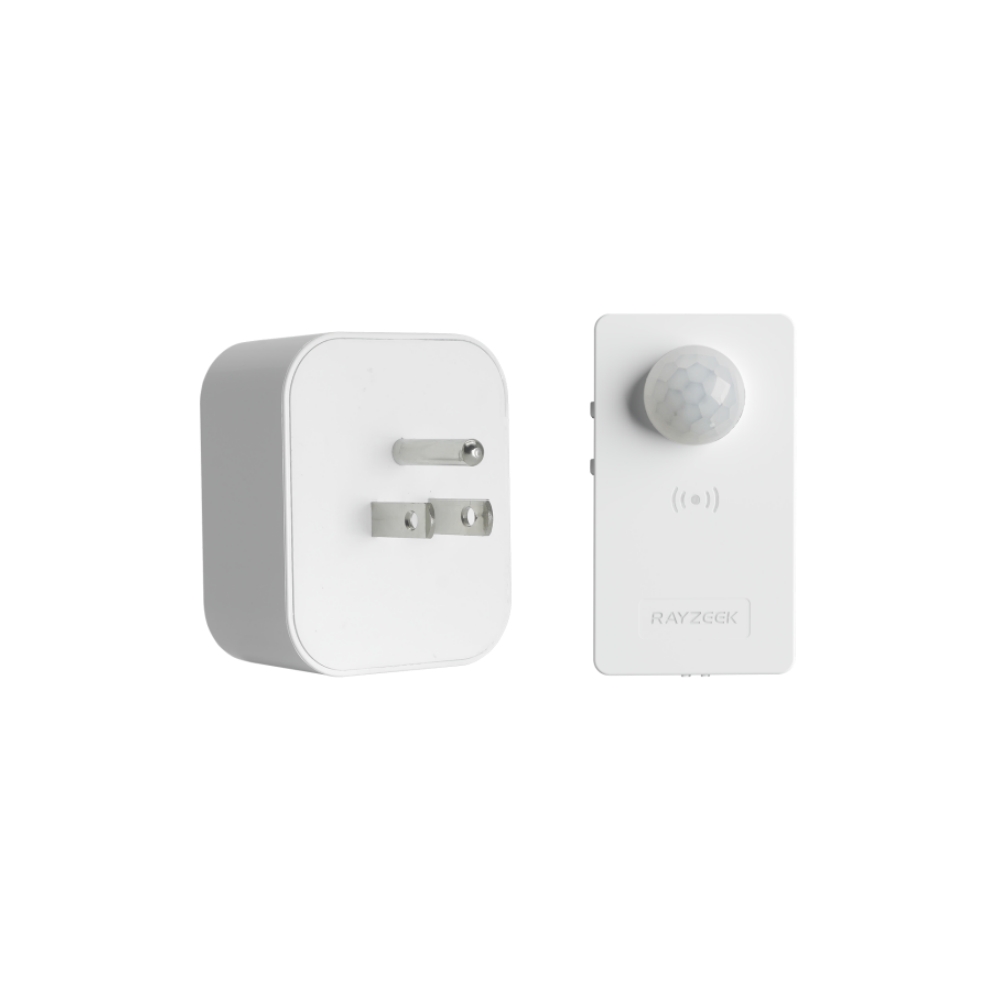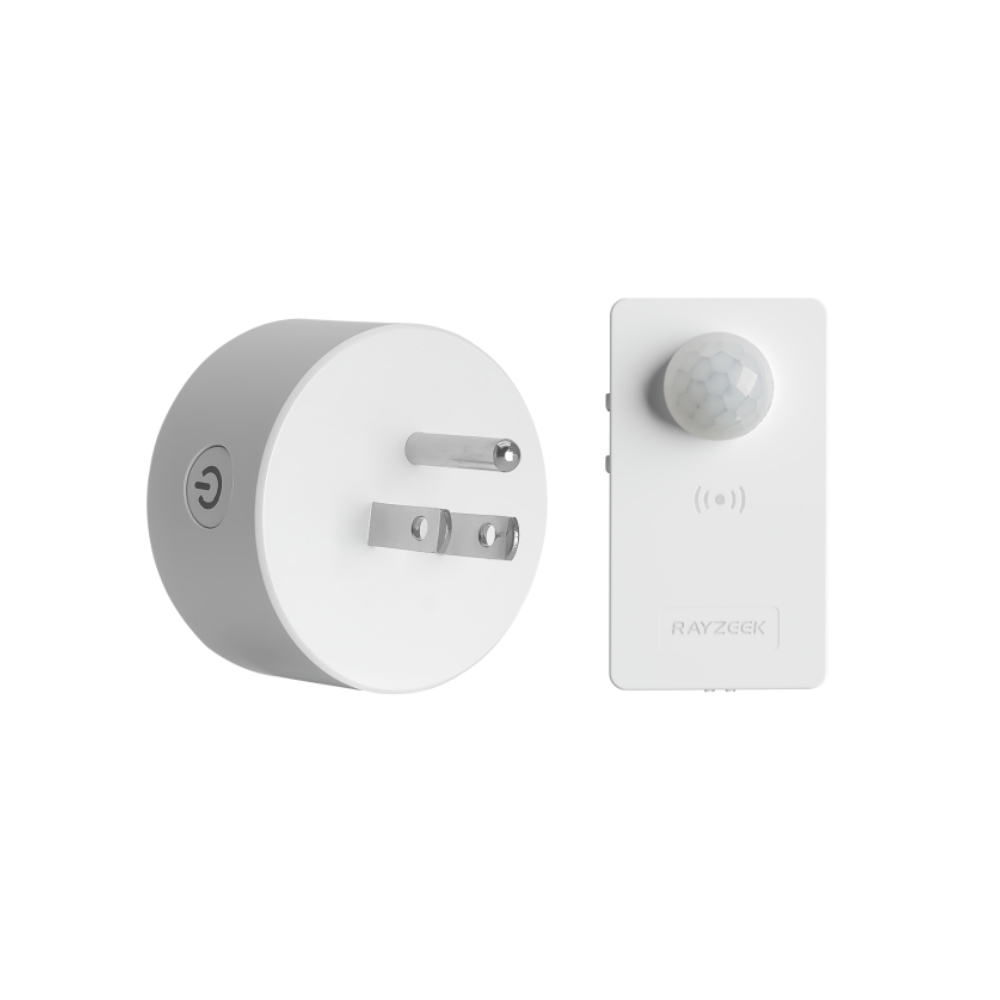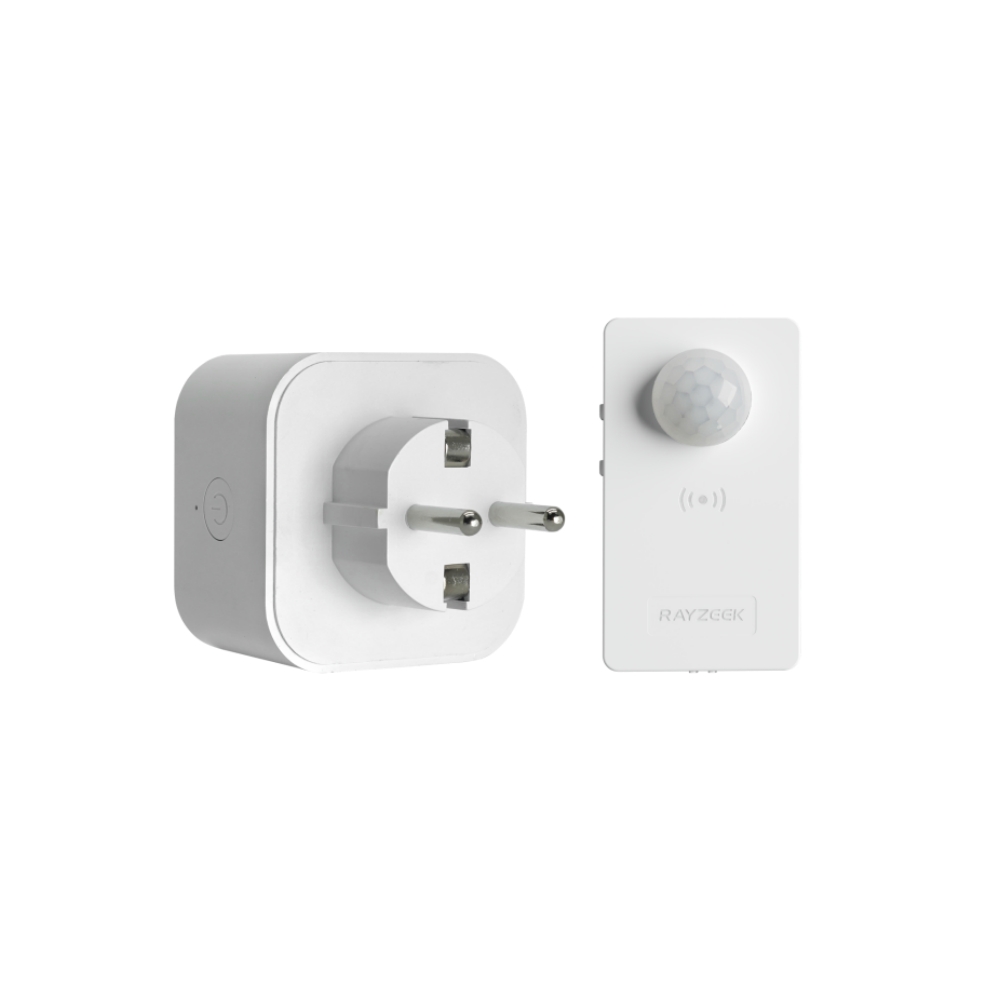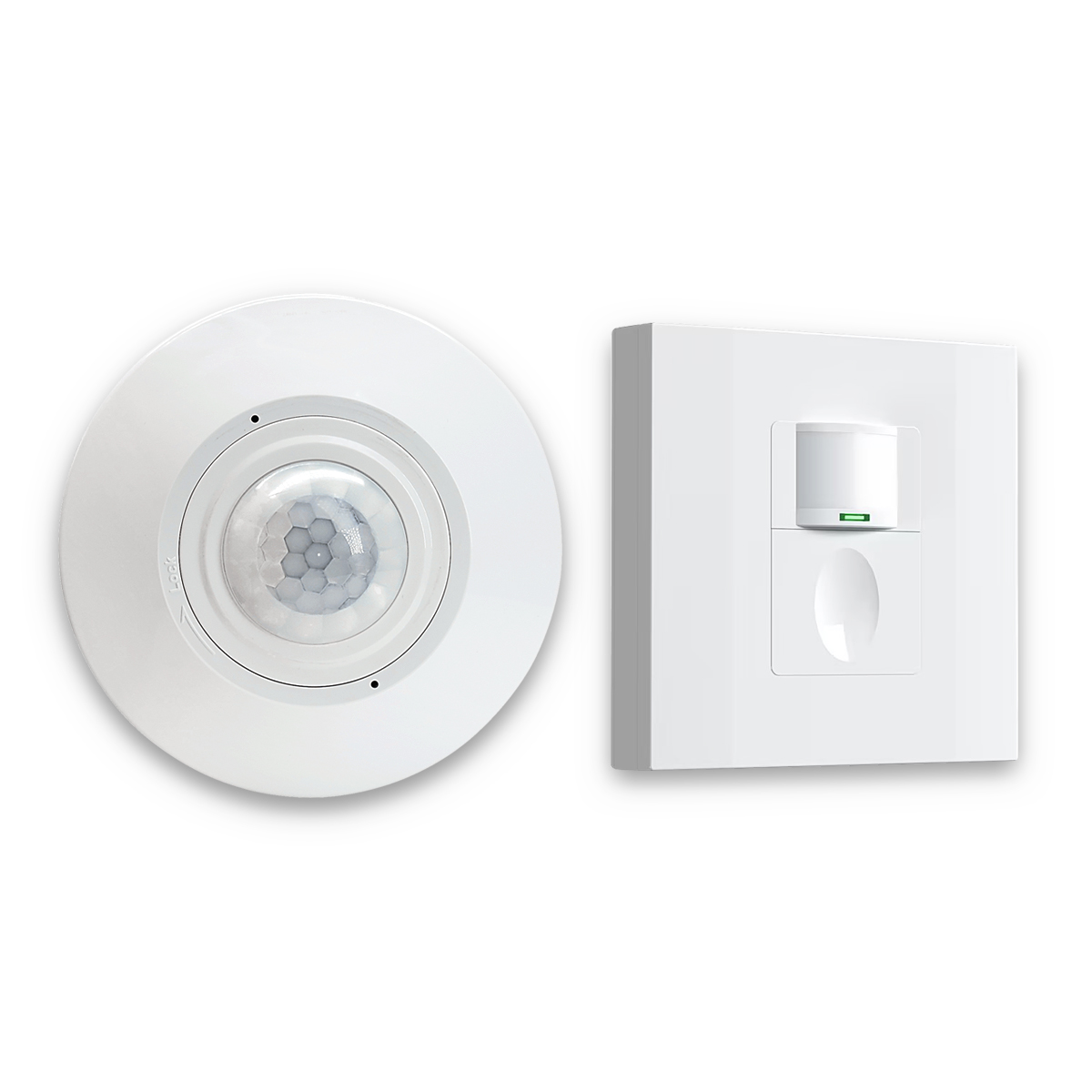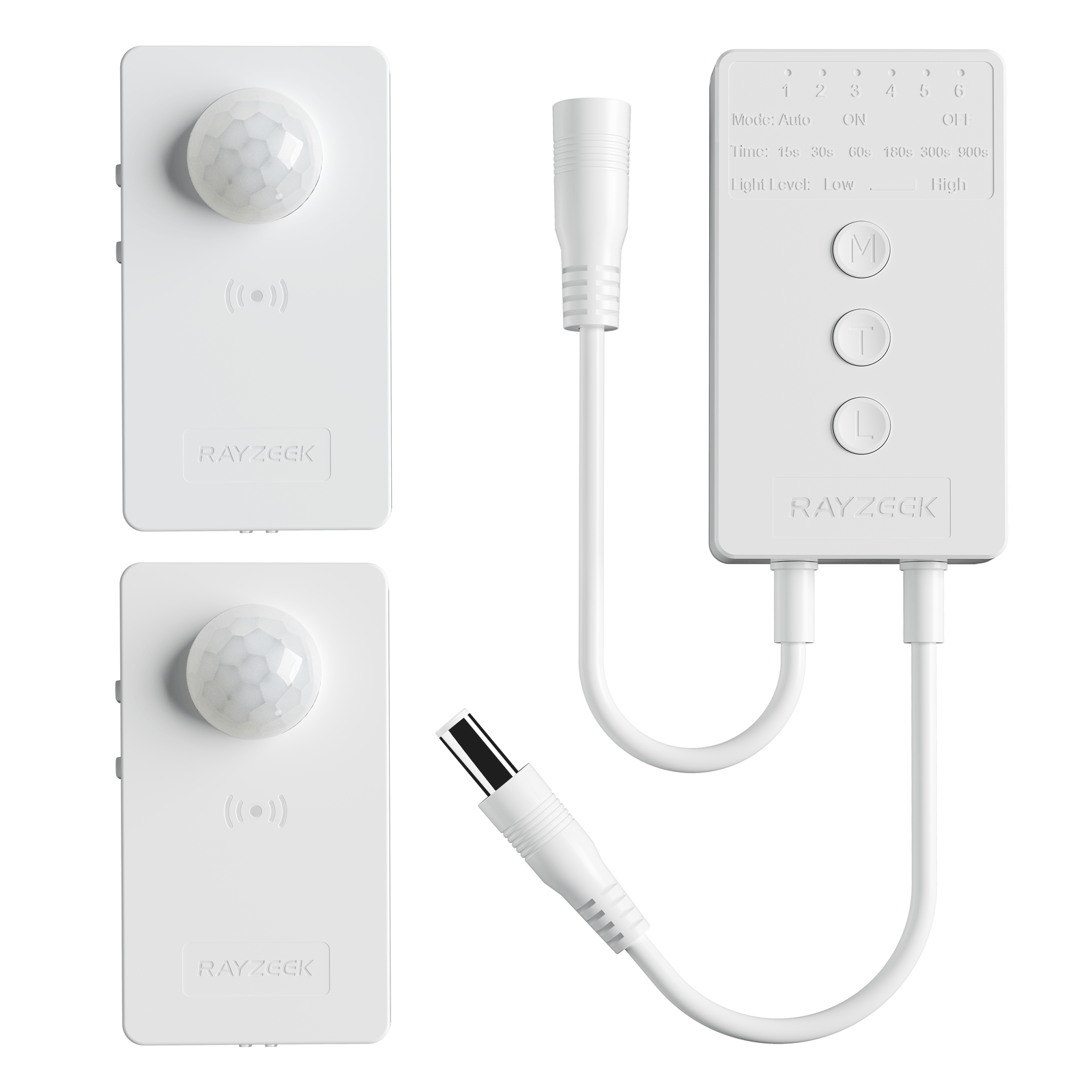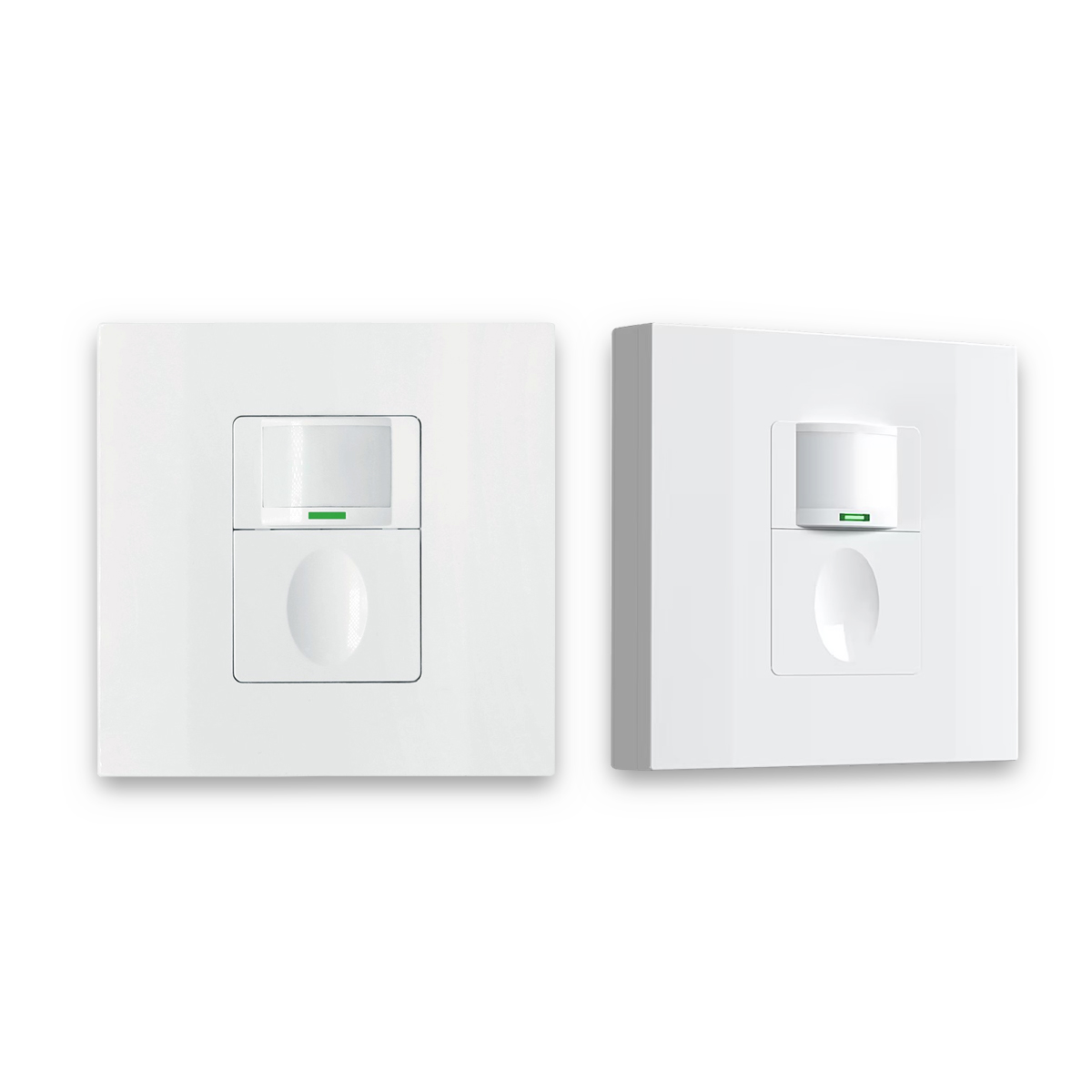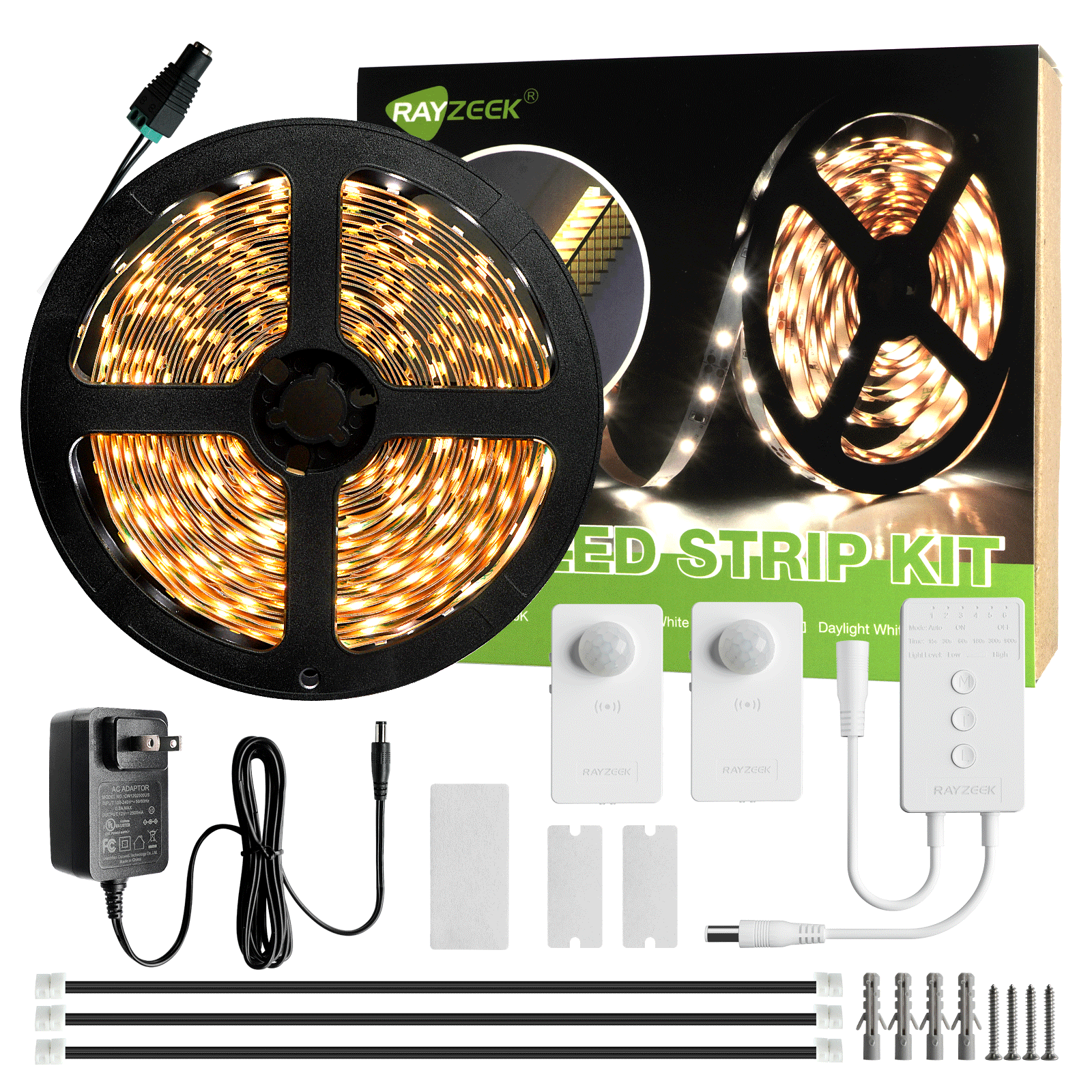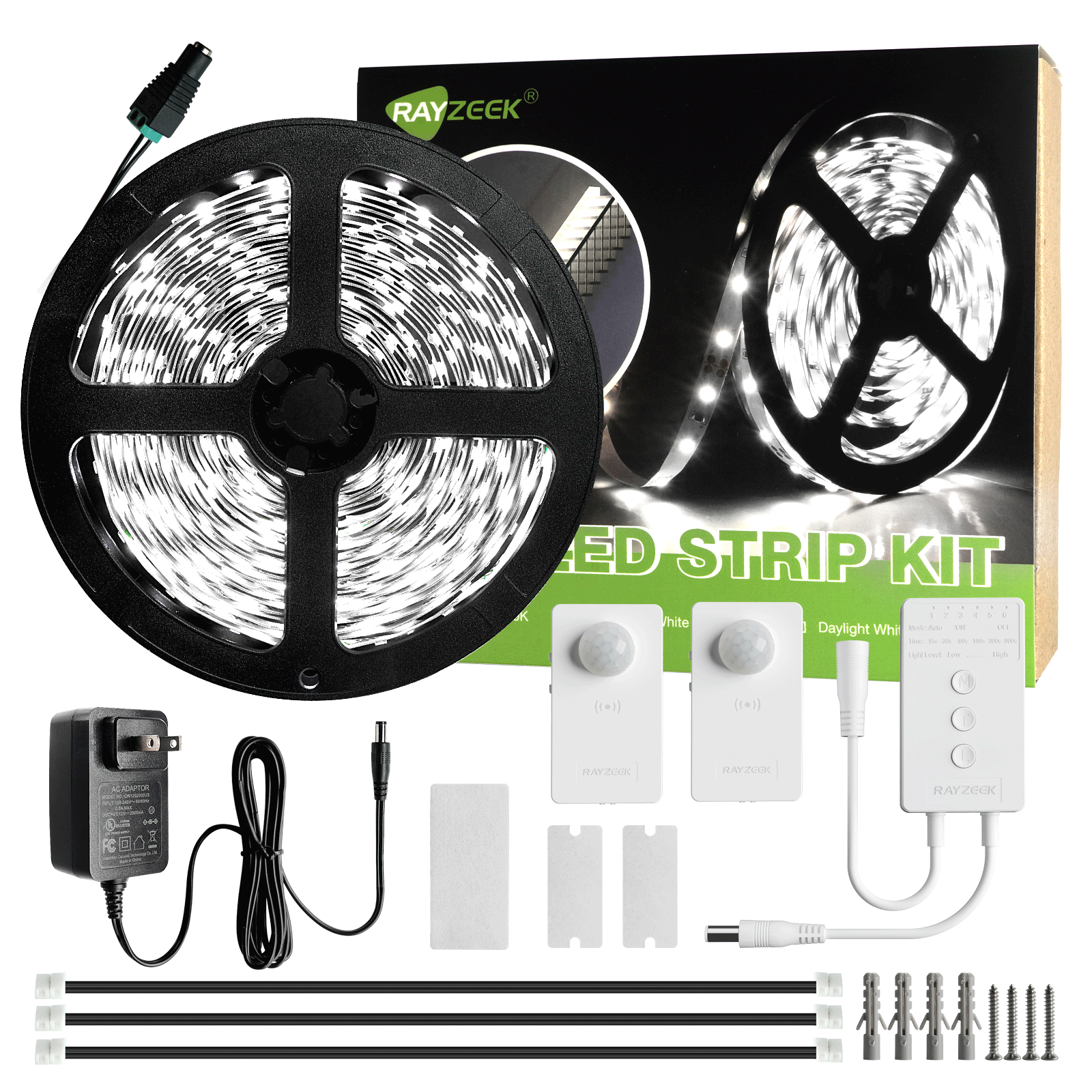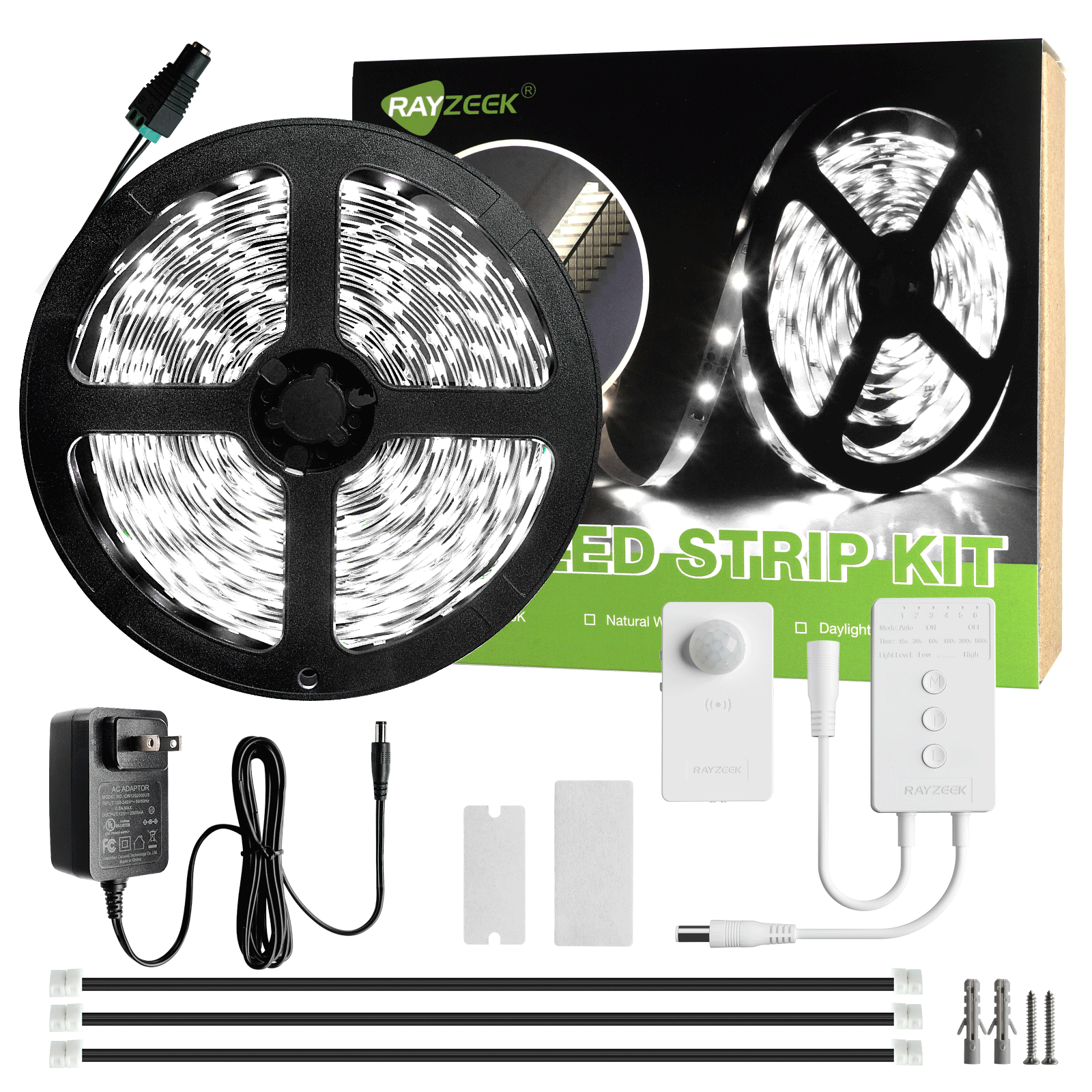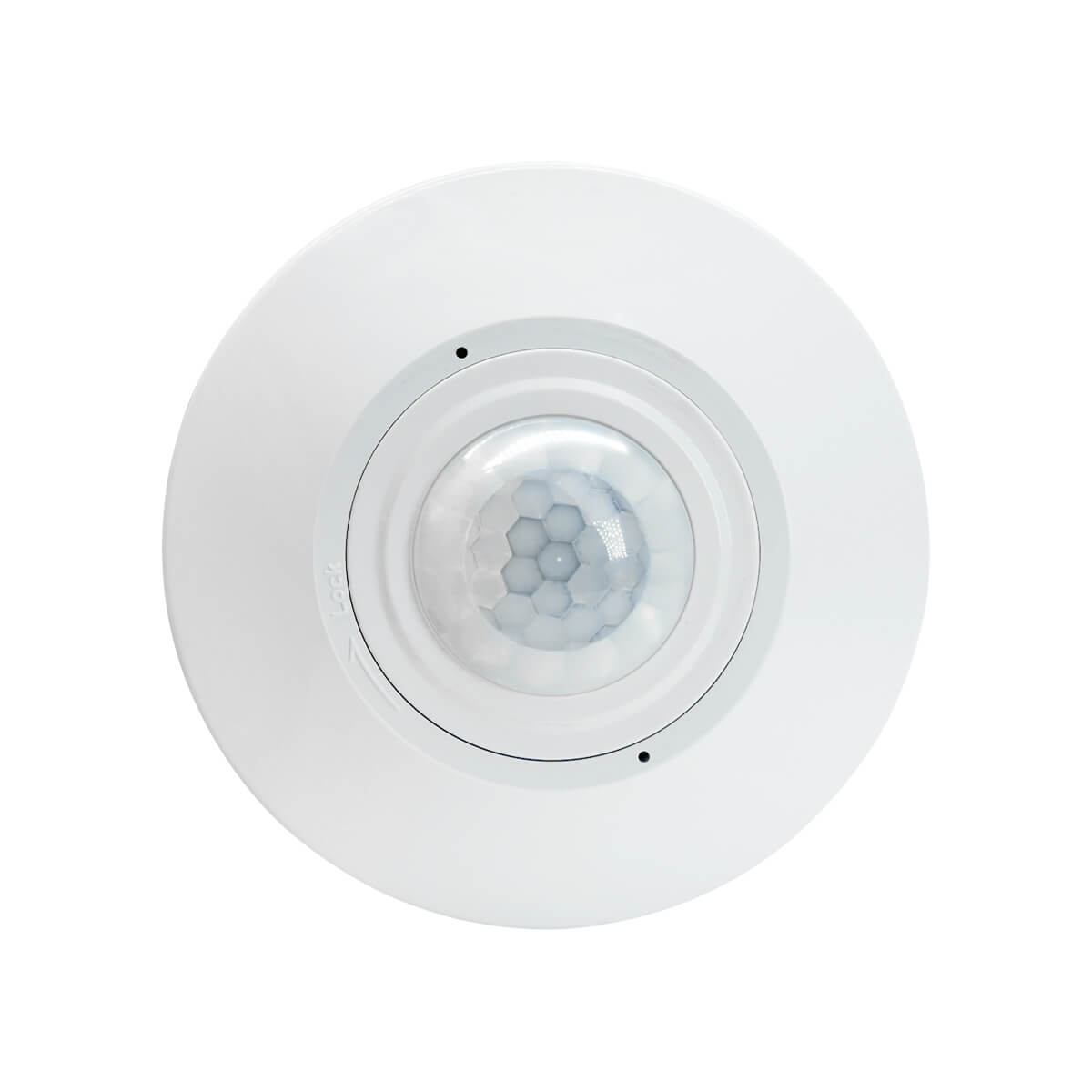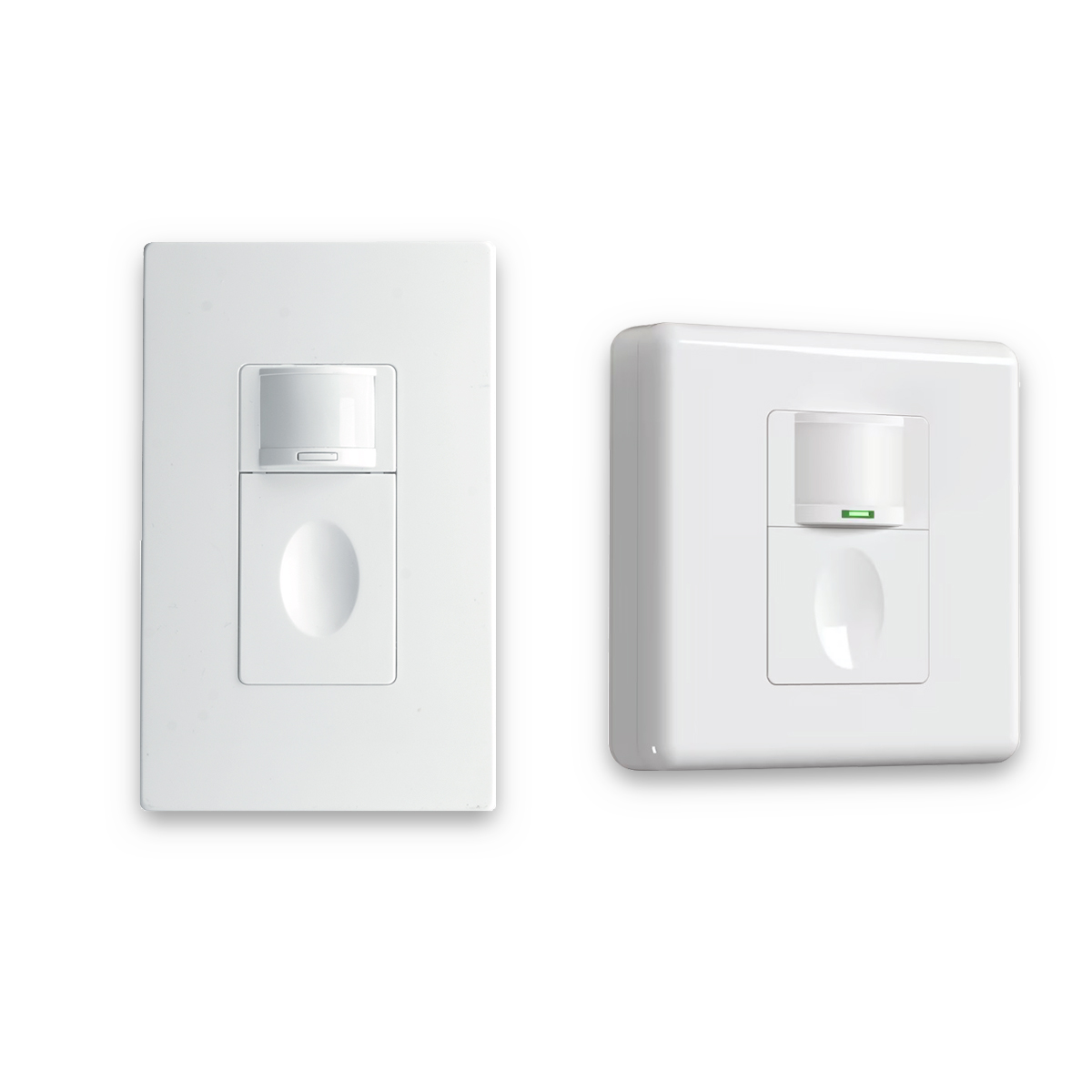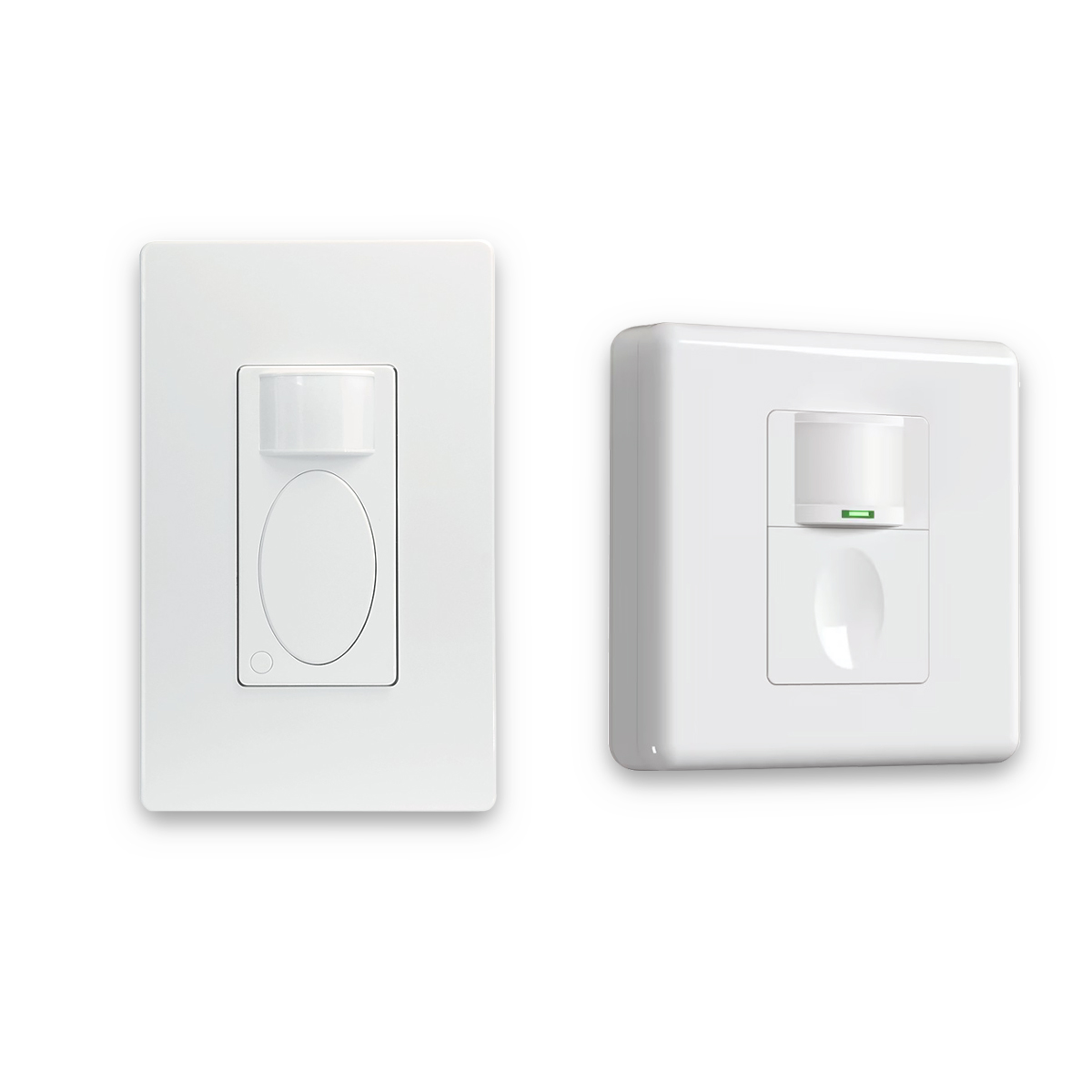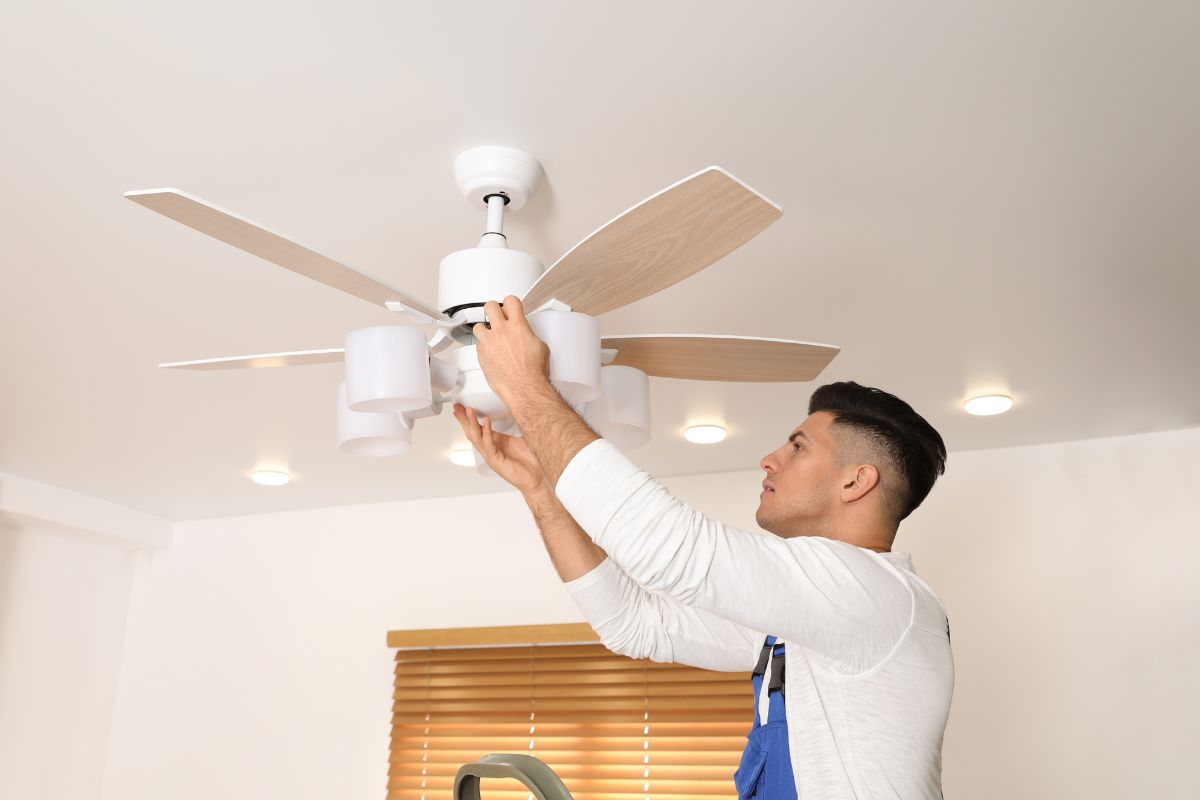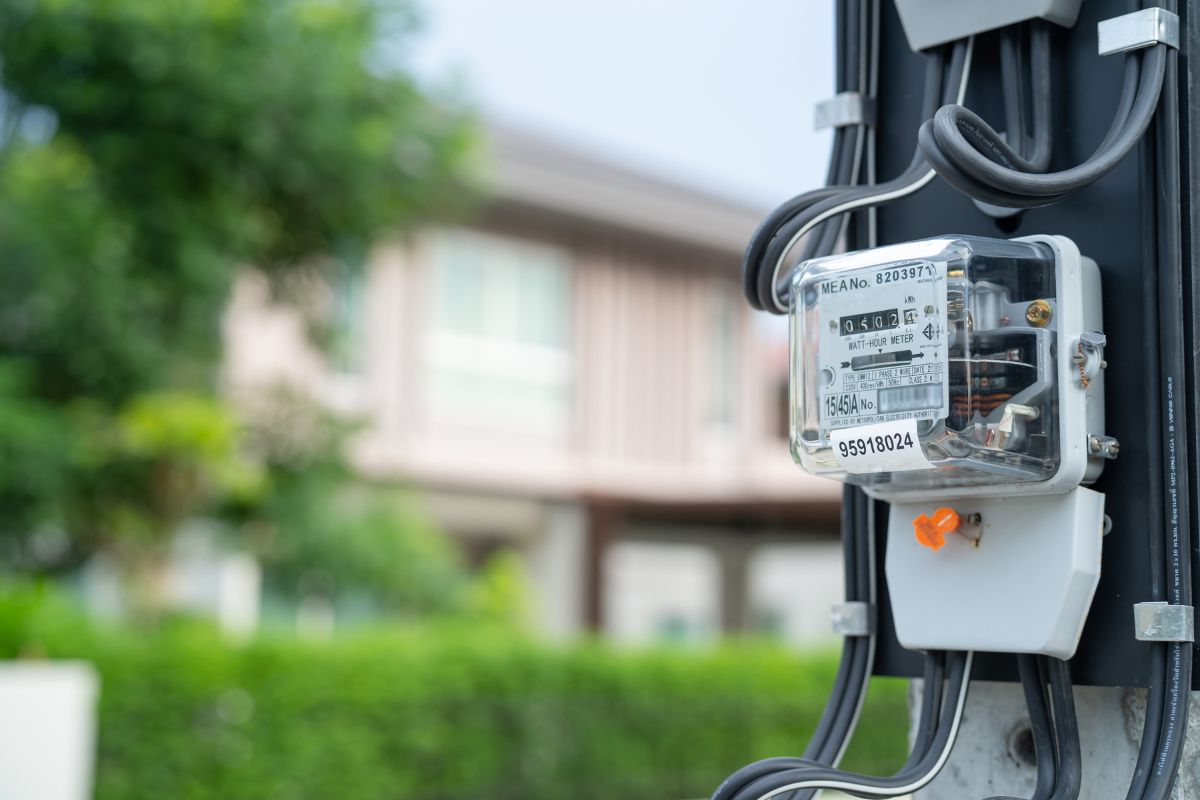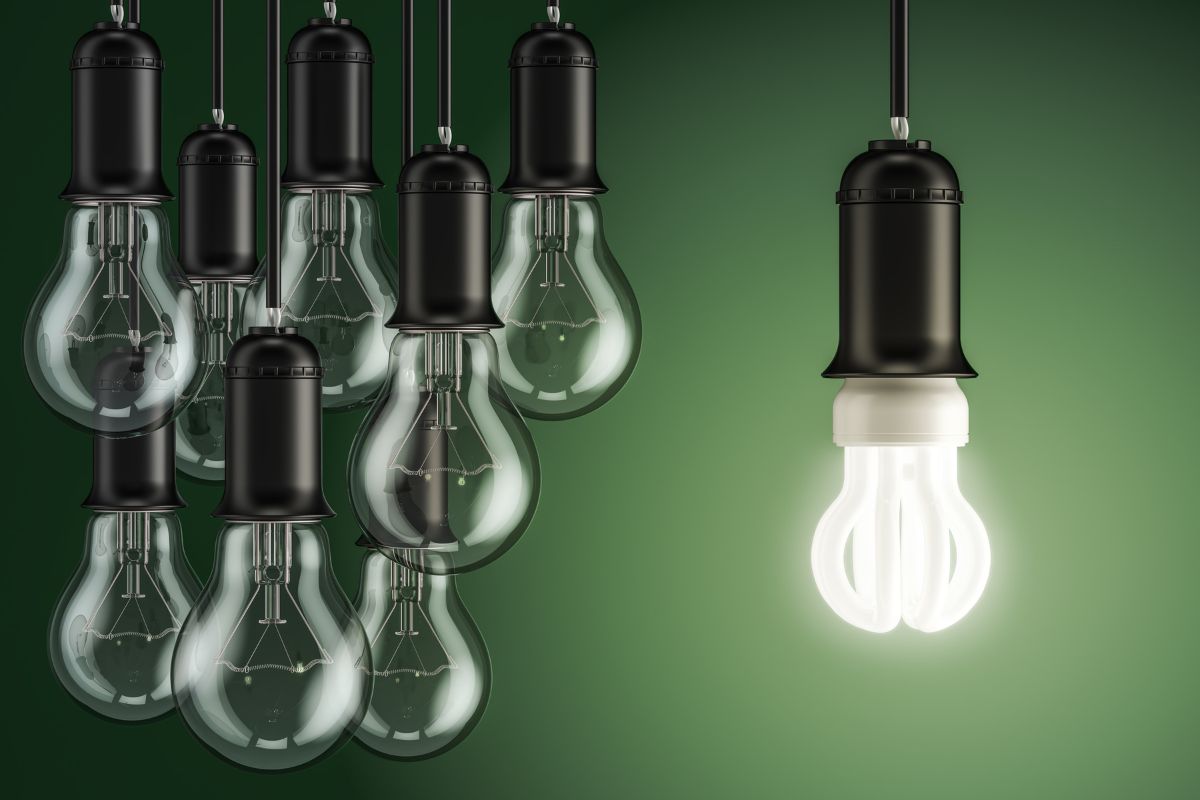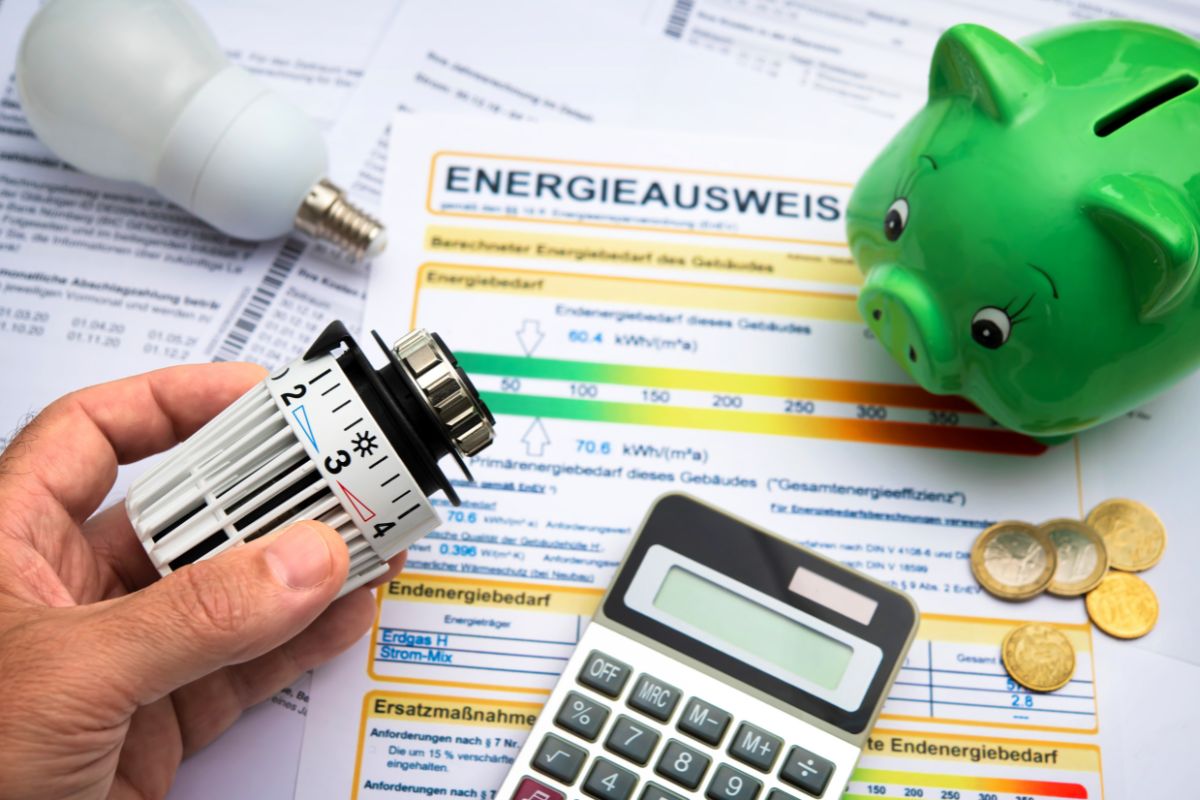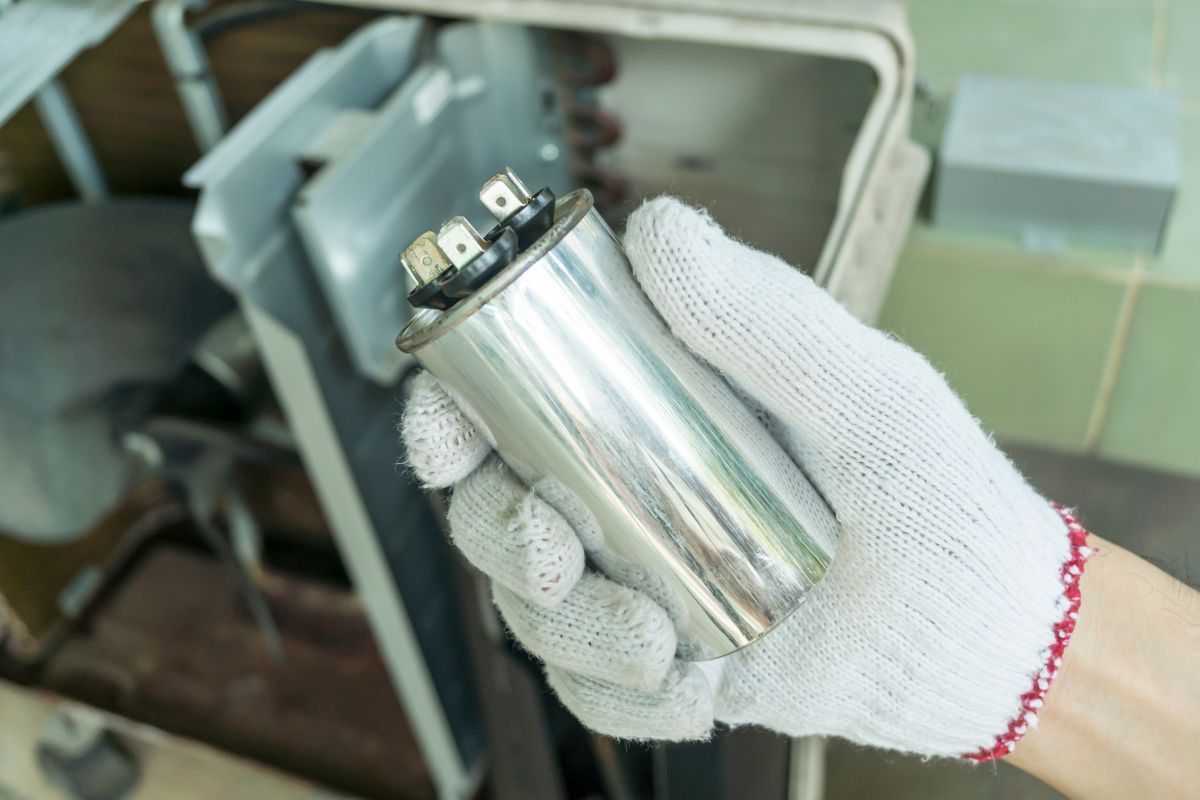Have you ever been relaxing at home, enjoying the cool air, only to have your ductless air conditioner suddenly quit? It’s incredibly frustrating, and it happens more often than you might think. Ductless AC systems, while great for energy efficiency and flexibility, have their own set of quirks and potential problems that differ from traditional air conditioners.
This article will explore the common problems that can affect ductless air conditioners. We’ll dive into the reasons why these issues occur and pinpoint the specific parts of your system that might be causing the trouble.
Our goal is to give you a clear understanding of what can go wrong with your ductless AC, so you can better identify, troubleshoot, and even prevent problems. We’ll cover everything from refrigerant leaks and electrical problems to drainage issues and mechanical breakdowns. Most importantly, we’ll talk about how to keep these issues from happening in the first place.
One often overlooked problem is simply forgetting to turn off the AC when leaving a room, leading to wasted energy and potential wear and tear. Thankfully, smart solutions are available to address this, automatically managing your AC’s operation and preventing unnecessary energy consumption.
What is a Ductless Air Conditioner?
A ductless air conditioner, sometimes called a mini-split system, cools a single room or area without using any ductwork. It focuses on cooling specific zones, rather than relying on a network of ducts running throughout your home.
It’s a two-part system: an indoor unit with an evaporator and fan, and an outdoor unit with a compressor and condenser. Refrigerant lines connect these two parts, and a condensate drain line removes moisture.
Unlike central AC systems, ductless systems let you control the temperature of each room individually. This allows you to cool only the rooms you’re using, which saves energy. However, this also means troubleshooting can be a bit different. Since each zone operates independently, a problem in one zone might not affect others.
Ductless systems have both advantages and disadvantages. Let’s take a look at the pros and cons:
- Increased energy efficiency: Because there are no ducts, you don’t lose cool air through leaks or heat transfer.
- Zoning capabilities: You can set different temperatures for different rooms, offering personalized comfort.
- Easier installation: No ductwork is needed, making them a good choice for older homes or additions where installing ductwork would be difficult or expensive.
- Higher upfront cost: Compared to window units or some central AC systems, the initial investment is higher, although they can save you money on energy bills in the long run.
- Aesthetics: The indoor units are visible on the wall, which some people find less appealing than the vents used in central AC systems.
- Troubleshooting: It can be more complex to troubleshoot, especially in multi-zone systems, because each zone operates independently.
Key Component Functions
The compressor is like the heart of the system, pumping refrigerant. It uses a motor and pump, often a scroll or rotary design, to compress the refrigerant gas, increasing its pressure and temperature. This compression is crucial for the cooling process. Scroll compressors are known for being reliable, while rotary compressors are compact and efficient. However, they can fail in different ways. Scroll compressors can experience mechanical wear or electrical problems, and rotary compressors have similar issues, along with potential problems with their vanes. The compressor relies on refrigerant for lubrication, so a refrigerant leak can quickly lead to compressor damage. If the compressor fails, your system won’t cool at all.
The condenser, located in the outdoor unit, releases the heat absorbed by the refrigerant. It has fins and a fan to help dissipate heat to the outside air, similar to a car radiator. If the condenser fails or isn’t working efficiently, it leads to reduced cooling, puts more stress on the system, and can cause overheating. You might notice reduced cooling and the outdoor unit feeling unusually hot.
The evaporator, located inside the indoor unit, absorbs heat from the indoor air. It has fins and a fan that circulates air across the cold coil, where the actual cooling happens. Problems can include reduced cooling, icing over, and potential water leaks if the drainage system is blocked. Symptoms include reduced cooling, ice on the coil, and water leaks.
The expansion valve is a crucial component that controls the flow of refrigerant, much like a nozzle on a garden hose controls water flow. It reduces the refrigerant’s pressure and temperature before it enters the evaporator. This precise control is essential for the system to work efficiently. If the valve gets stuck open, too much refrigerant enters the evaporator, potentially flooding it and causing liquid refrigerant to damage the compressor—a problem known as liquid slugging. If it gets stuck closed, not enough refrigerant reaches the evaporator, resulting in poor cooling. There are two main types: Thermostatic Expansion Valves (TXVs), which are mechanical, and Electronic Expansion Valves (EEVs), which offer more precise control, but are more complex. EEVs are becoming more common because they’re more efficient. Symptoms of a faulty expansion valve include reduced cooling, fluctuating temperatures, and potential compressor damage.
Sensors monitor temperature and pressure within the system. Thermistors, or temperature sensors, and pressure transducers, which are refrigerant pressure sensors, provide vital feedback to the control system. They’re like the system’s “eyes and ears,” giving information about its operating conditions. If they fail, it can lead to inaccurate readings or even a complete system shutdown. Symptoms include inconsistent temperatures, inefficient operation, and error codes—often the first sign of a sensor problem.
Refrigerant System Problems
Refrigerant is essential for the heat transfer process; it’s the fluid that actually does the cooling. It absorbs heat at low pressure and temperature in the evaporator and releases heat at high pressure and temperature in the condenser. This cyclical change from liquid to gas and back again is the basis of the cooling process. Without refrigerant, the system can’t cool.
Refrigerant leaks are harmful to the environment because they contribute to global warming. That’s why it’s crucial to prevent leaks and address them quickly. Proper disposal and leak prevention are essential. Different refrigerants exist, like R-410A, which is common, and R-32, which is becoming more popular, each with a different Global Warming Potential (GWP). GWP measures how much heat a refrigerant traps in the atmosphere compared to carbon dioxide. Leaks can also severely damage the compressor. Insufficient refrigerant leads to inadequate oil return, causing oil starvation and overheating, and leaks can also cause the loss of lubricating oil.
Refrigerant Leaks
Leaks are a common problem, and they can be caused by many things. Corrosion, including formicary corrosion, which creates tiny pinhole leaks in copper tubing, vibration, which can loosen fittings over time, manufacturing defects, and improper installation, such as poor brazing or over-tightening fittings, can all cause leaks. These leaks can occur in the evaporator coil, condenser coil, line set (the connecting tubing), or at any of the fittings. The shift towards refrigerants with lower Global Warming Potential (GWP) like R-32 is better for the environment, but it also introduces new challenges. These refrigerants often operate at higher pressures and may have different material compatibility requirements, potentially leading to new kinds of leaks.
Looking For Motion-Activated Energy-Saving Solutions?
Contact us for complete PIR motion sensors, motion-activated energy-saving products, motion sensor switches, and Occupancy/Vacancy commercial solutions.
Leaks can be slow, showing a gradual loss of refrigerant, or major, causing a rapid and significant loss. Slow leaks are harder to detect, while major leaks are usually obvious.
Several methods can be used to detect leaks. Electronic leak detectors sense changes in refrigerant gas concentration; technicians use these handheld devices to “sniff” for leaks. Bubble tests involve applying a soap solution to suspected areas; bubbles indicate escaping gas. Ultraviolet (UV) dye, added to the refrigerant, glows under UV light at leak points, making it easy to spot even small leaks. Ultrasonic leak detection identifies the high-frequency sound of escaping gas, useful in noisy environments. Leaks can occur anywhere in the refrigerant lines, including the evaporator, condenser, line set, and fittings.
Refrigerant leaks have significant consequences: diminished cooling capacity, meaning your system won’t cool effectively, compressor damage from low refrigerant and oil starvation, a frozen evaporator coil caused by low refrigerant pressure and temperature, and environmental impact, since refrigerant release contributes to global warming. A hissing sound near refrigerant lines or components can also indicate a leak.
Types of Refrigerants
Several types of refrigerants are used in ductless AC systems, each with different properties. R-410A is a common refrigerant, but it has a relatively high GWP. R-32 is a newer refrigerant that’s gaining popularity because it has a lower GWP than R-410A, although it is mildly flammable, requiring special handling. Other refrigerants may be used depending on regulations and system requirements. These refrigerants differ in GWP, flammability, operating pressures, and efficiency. Choosing the right refrigerant is a balance between environmental impact, safety, and performance.
Electrical System Problems
Ductless AC systems can experience various electrical problems. Wiring issues, such as loose connections, damaged wires, or short circuits, can cause intermittent operation or complete failure. Capacitor problems, affecting both start and run capacitors, can prevent motors from starting or cause them to overheat. Sensor malfunctions can lead to inaccurate readings or system shutdown. Inverter board failure results in a loss of compressor speed control, reduced efficiency, or complete shutdown; the inverter board is a critical component in variable-speed systems. Intermittent electrical problems can be particularly difficult to diagnose.
Common Electrical Faults
Wiring issues are a common source of electrical problems. Loose connections, damaged or frayed wires, short circuits, and corrosion can all lead to intermittent operation, component failure, and even potential fire hazards. Symptoms might include flickering lights on the unit, intermittent power, or a burning smell.
Capacitor failure is another frequent issue. Start capacitors provide the initial boost to start motors, while run capacitors help maintain efficient motor operation. Failure of either can prevent motors from starting, lead to overheating, or reduce efficiency. Symptoms include the motor not starting, humming sounds, or the unit tripping the circuit breaker.
The contactor is an electrical switch that controls power to the compressor and fan motors. If it fails, these components won’t turn on. Common issues include sticking, pitting, or burning of the contactor’s contacts. Buzzing sounds can sometimes indicate a contactor or relay problem. Symptoms include the compressor or fan not turning on, or a clicking sound without the components starting.
Motor burnout is a serious issue that can be caused by overheating, electrical surges, or refrigerant issues. There are different types of motors, including single-phase, common in residential units, and three-phase, more common in larger systems. Symptoms include the motor not running, a burning smell, or the unit tripping the circuit breaker.
Remote control problems can be frustrating. They can be caused by dead batteries, signal interference, or a malfunction in the receiver unit. Symptoms include the unit not responding to the remote or intermittent operation.
Short cycling, when the unit turns on and off too frequently, is another common problem. Causes include refrigerant problems, electrical issues, a faulty capacitor, sensor problems, airflow restrictions, or an oversized unit. Short cycling reduces efficiency and increases wear on components. Symptoms include frequent on/off cycles, inconsistent temperatures, and potentially higher energy bills. Technicians commonly use multimeters to measure voltage, current, and resistance, capacitor testers, and megohmmeters for insulation testing, as diagnostic tools.
Sensor Malfunctions
Thermistors measure temperature at various points in the system, like the indoor air, evaporator coil, and outdoor air. They can fail in several ways, including open circuits, short circuits, and resistance drift, leading to inaccurate readings. Symptoms can include inconsistent temperatures, the unit running constantly or not at all, and error codes. Thermistor calibration can drift over time, causing inaccuracies.
Pressure sensors measure refrigerant pressure on the high and low sides of the system. Their failure modes are similar to thermistors: open circuits, short circuits, and inaccurate readings. Symptoms may include inefficient operation, system shutdown, and error codes.
Sensors provide crucial feedback to the control system, allowing it to adjust operation for optimal cooling and energy efficiency. Faulty sensors can contribute to short cycling by giving incorrect information to the control system.
Other sensors may also be present. Current sensors monitor motor current to detect overloads. Ambient temperature sensors in the outdoor unit measure outdoor temperature. Defrost sensors, used in heat pump mode, detect ice buildup. Sensor failure can sometimes be caused by physical damage, moisture intrusion, or electrical surges.
Inverter Board Failure
The inverter board, the “brain” of a variable-speed system, precisely controls the compressor’s speed in variable-speed (inverter-driven) ductless AC systems. These systems allow the compressor to operate at various speeds, rather than just turning on or off, providing more precise temperature control and reducing energy consumption compared to single-speed systems. Inverter boards contain sensitive electronic components, including power transistors, often Insulated Gate Bipolar Transistors or IGBTs, microcontrollers, and capacitors.
Common failure modes include component failure of power transistors like IGBTs, capacitors, or microcontrollers, overheating, and damage from power surges.
Inverter board failure has significant consequences: loss of compressor speed control or complete compressor failure, a significant decrease in system efficiency, reduced or complete loss of cooling capacity, and error codes displayed on the indoor or outdoor unit.
Symptoms include error codes, the compressor not running or running erratically, reduced cooling capacity, and unusual noises.
Inverter board repair can be complex and often requires specialized equipment and expertise. Replacement is usually recommended. Some inverter boards have built-in diagnostic capabilities to help pinpoint the cause of failure. Technicians may use advanced diagnostic techniques, such as using an oscilloscope to analyze waveforms.
Drainage System Problems
Condensate is the water that forms when warm, humid air passes over the cold evaporator coil, similar to how water droplets form on a cold glass on a hot day. Moisture in the air condenses, forming water.
Drainage issues are problems related to the system that removes this condensate water.
Several factors can cause drainage problems: blockages from algae growth forming a slimy biofilm, debris, dust, and insect nests, can obstruct the drain line. Leaks can result from cracks in the drain pan or drain line, loose connections, and improper installation. Improper installation, particularly not ensuring the correct downward slope of the drain line, at least 1/4 inch per foot, can also cause issues.
Drainage problems have significant consequences: water damage to walls, ceilings, and floors, mold and mildew growth, which poses a serious health hazard, and system malfunction. Water buildup can damage electrical components and lead to corrosion. This can also worsen problems with evaporator coil icing.
Maybe You Are Interested In
Preventing drainage problems involves regular cleaning of the drain line, using a wet/dry vacuum or flushing with water and a mild cleaning solution. Algaecide tablets can also be used. Ensuring the proper slope of the drain line during installation and regular inspections for kinks or bends are also important. Lack of maintenance is a major contributing factor to drainage problems.
Different types of drain lines exist. Gravity drains, the most common type, rely on gravity. Condensate pumps are used when gravity drainage isn’t possible, such as when the indoor unit is below the drain outlet. Pumps can fail mechanically or electrically.
Drainage Blockages and Leaks
Drainage blockages and leaks are common problems with various causes. Algae growth, forming a biofilm – a slimy buildup of bacteria and algae, debris, dust, dirt, insulation particles, and insect nests can all obstruct the drain line. Improper installation is a major contributor: the drain line not being sloped correctly (it needs at least a 1/4 inch per foot downward slope), kinks or bends in the line, a drain pan that isn’t level, or a drain line that is trapped or pinched can all lead to problems. Lack of maintenance significantly increases the risk. Blockages can occur in the drain pan, the drain line itself, or at the drain outlet.
Drainage blockages and leaks have significant consequences: water damage to walls, ceilings, floors, and furnishings, mold and mildew growth, a serious health hazard, and system malfunction. Water can back up into the unit, damaging electrical components like the fan motor or control board, and causing corrosion. Unpleasant odors can also result.
Preventing drainage blockages and leaks involves regular cleaning of the drain line, using a wet/dry vacuum, flushing with water and a mild cleaning solution, or using algaecide tablets. Ensuring the proper slope of the drain line during installation and inspecting the drain line for kinks or bends are also crucial.
Several signs indicate a drainage blockage: water overflowing from the indoor unit, water stains on walls or ceilings near the unit, a musty odor, and gurgling sounds coming from the drain line. The blockage could be in the drain pan, the line itself, or the outlet. Different types of condensate pumps, such as piston and peristaltic, have different failure modes. In stubborn cases, nitrogen can be used to pressurize the line and clear blockages, with appropriate safety precautions.
Airflow and Mechanical Problems
Airflow and mechanical components are critical for a ductless AC system to work correctly. Reduced airflow can be caused by various factors and leads to reduced cooling efficiency, increased energy consumption, and potential component damage. Compressor failure, a major mechanical issue, results in a complete loss of cooling. Fan problems in the outdoor unit can also lead to significant issues.
Compressor Failure
Compressor failure is a major issue with a variety of causes. Overheating due to low refrigerant, restricted airflow, dirty condenser coils, or electrical problems, electrical surges damaging motor windings or other components, refrigerant issues like leaks, contamination, or liquid slugging, electrical failures such as motor burnout or a grounded compressor, and mechanical breakdowns, including worn bearings, broken valves, damaged pistons or scrolls, or a locked rotor, can all lead to failure. Refrigerant leaks within the compressor itself can also occur. Compressor issues are often the result of a series of smaller, neglected problems, like chronic refrigerant undercharge or persistent airflow restrictions, acting as a “final straw” rather than a sudden, isolated event.
The primary implication of compressor failure is a complete loss of cooling. The system will not function without a working compressor.
Mechanical failures include worn bearings, broken valves, or damaged pistons or scrolls.
Electrical failures include motor burnout, open windings, shorted windings, or a grounded compressor, an electrical fault to the casing. These can be caused or made worse by refrigerant issues.
Signs of compressor failure include reduced cooling capacity, unusual noises such as grinding, screeching, or humming, the unit tripping the circuit breaker, or no cooling at all. Compressor replacement is almost always required; repair is typically not cost-effective or practical.
Reduced Airflow Issues
Blocked filters are a primary cause of reduced airflow. They trap dust, dirt, pet dander, and other airborne particles. How often you need to clean or replace them depends on usage, environment, and filter type. Disposable fiberglass filters should be replaced every 1-3 months, and washable electrostatic filters should be cleaned every 1-3 months.
Dirty evaporator or condenser coils also restrict airflow. Dust, dirt, and debris buildup on the coil fins reduces heat transfer efficiency. Cleaning involves vacuuming with a soft brush attachment, using a specialized coil cleaner for stubborn dirt, or hiring a professional.
Blower motor problems, like motor failure, capacitor failure, or a dirty blower wheel, can all reduce airflow.
Closed or blocked vents, whether intentional or accidental, restrict airflow and can unbalance the system, leading to uneven cooling.
Reduced airflow has a significant impact: reduced cooling efficiency, increased energy consumption, overheating of components, potentially including the compressor, icing of the evaporator coil due to reduced airflow and low refrigerant temperature, and a frozen evaporator coil, an extreme case of icing, completely blocking airflow. Noise problems, like a whistling sound from air being forced through restricted areas, can also occur. Lack of maintenance is a major contributing factor to airflow issues.
Fan Issues (Outdoor Unit)
The outdoor unit fan plays a crucial role in dissipating the heat absorbed from the indoor air. It pulls air across the condenser coil, allowing the heat to be released to the outside environment.
Motor failure can occur due to overheating, electrical surges, bearing failure, or simply age. This prevents the fan from running, hindering heat dissipation.
Capacitor problems, affecting either the start or run capacitor, can prevent the fan motor from starting or running properly. Similar to motor failure, this leads to reduced heat dissipation.
Blade damage can be caused by foreign objects like sticks, leaves, or hail, ice buildup in heat pump mode, or physical impact. Bent or broken blades can cause vibration, reduced airflow, and increased system operating pressure. This leads to reduced cooling capacity and can contribute to compressor overheating. Signs of outdoor unit fan failure include the fan not running, reduced cooling capacity, unusually hot air coming from the outdoor unit—it should be warm, but not excessively hot, and unusual noises like rattling, squealing, or humming.
Overall System Problems
Beyond component-specific issues, ductless AC systems can experience overall system problems. In multi-zone systems, communication failures between units can disrupt operation. Operational issues, like mode conflicts or problems switching between heating and cooling, can also occur. Troubleshooting often involves checking wiring, resetting the system, and consulting the service manual.
Communication Failures
Multi-zone ductless AC systems rely on communication between the indoor and outdoor units, and among multiple indoor units, to coordinate operation. This communication is essential for proper temperature control and system efficiency. The types of data exchanged include temperature settings, operating mode, sensor readings, and error codes.
Communication failures can lead to various problems: units may not operate at all, may operate incorrectly, for example, in the wrong mode or at the wrong temperature, or may not respond to commands. Control issues can include the inability to control individual zones, incorrect temperature settings being displayed, and error codes appearing.
Symptoms of communication failures include error codes on the indoor or outdoor unit, indoor units not responding to the remote control or thermostat, inconsistent temperatures between zones, or one or more units not operating. Resetting the system by power cycling can sometimes resolve temporary communication glitches. Checking for obvious wiring problems, like loose connections, may be possible, but wiring issues often require professional help.
Different manufacturers use different, and often proprietary, communication protocols. Signal interference from other electronic devices can disrupt communication. Wiring problems, such as loose connections or damaged wires, can cause intermittent or complete communication failure. The microcontroller plays a crucial role in processing data and controlling the system; its malfunction can also lead to communication issues.
Operational Issues
Mode conflicts, primarily in heat pump models, occur when the system gets confused about whether to heat or cool. This is often due to conflicting settings on different indoor units, sensor errors, or rapid switching between modes. Symptoms include the unit blowing warm air in cooling mode or cool air in heating mode, the unit cycling rapidly between heating and cooling, and error codes.
Problems switching between heating and cooling modes can also occur. Software glitches or control system malfunctions can prevent the system from switching modes correctly. This may involve issues with the reversing valve in heat pumps, which controls the direction of refrigerant flow, or with the control logic itself.
Software glitches, or bugs in the system’s software, can cause erratic operation, mode conflicts, or communication problems. A system reset by power cycling can sometimes resolve temporary glitches. Firmware updates, if available and applicable, usually requiring a technician, may be necessary for more persistent issues.
Control system malfunctions can be caused by power surges, overheating, component failure in the microcontroller, relays, or power supply, or wiring problems.
Get Inspired by Rayzeek Motion Sensor Portfolios.
Doesn't find what you want? Don't worry. There are always alternate ways to solve your problems. Maybe one of our portfolios can help.
Systems with automatic changeover between heating and cooling may be more prone to mode conflicts if the temperature settings are too close together or if there are rapid fluctuations in temperature.
One common, yet often overlooked, operational issue is simply forgetting to turn off the air conditioner when leaving a room. This not only wastes energy but can also contribute to some of the problems mentioned earlier, such as increased wear and tear on components. A simple solution to this problem is to use a smart AC controller.
Rayzeek RZ050 Air Conditioner Motion Sensor
Automatically turn off your AC when you leave, saving energy and preventing unnecessary wear.
- Automatically turns off your AC when the room is empty.
- Easy DIY installation – no wiring required.
- Night mode prevents accidental shut-off while sleeping.
Improper Installation
Proper installation is absolutely crucial for the performance, efficiency, and longevity of a ductless AC system. A poorly installed system is much more likely to experience problems later on.
Several common mistakes can lead to problems. Let’s look at some of the most frequent installation errors:
- Incorrect refrigerant line length, either too long or too short, which can affect performance and efficiency.
- Improper brazing of refrigerant lines—brazing is a specialized welding process used to join copper pipes—leading to leaks.
- Inadequate electrical wiring, using undersized wires or making poor connections, which can cause electrical problems and even fire hazards.
- Incorrect drain line slope, leading to drainage problems. Proper drainage is essential.
- Poor unit placement, affecting airflow and efficiency. For the indoor unit, this could mean being blocked by furniture or curtains. For the outdoor unit, this means placement in direct sunlight, a confined space, or inadequate clearance around the unit.
- Improper vacuuming of the refrigerant lines before charging the system with refrigerant. This removes air and moisture, which can damage the system.
- Not following the manufacturer’s installation instructions.
To ensure correct installation, hire a qualified and experienced HVAC technician. Verify that the technician is licensed and insured. Ask for references from previous customers. Ensure that the technician follows the manufacturer’s installation instructions meticulously. Manufacturers often have specific requirements for line set length, wiring size and type, unit placement, and other crucial installation details.
The consequences of improper installation can be severe and include refrigerant leaks, drainage issues, reduced efficiency and cooling capacity, communication problems if wiring is installed incorrectly, premature component failure, and a voided manufacturer’s warranty.
Poor Maintenance
Regular maintenance is crucial to prevent problems, ensure efficient operation, and extend the lifespan of your ductless AC unit. Just like a car needs regular oil changes, your ductless AC needs regular maintenance.
Several maintenance tasks can be performed by homeowners. Here are some things you can do yourself:
- Cleaning or replacing air filters every 1-3 months, depending on usage and the environment.
- Cleaning the outdoor unit, removing leaves, debris, and dirt.
- Inspecting the drain line for blockages.
- Cleaning the exterior of the indoor and outdoor units.
The consequences of poor maintenance can be significant: reduced cooling efficiency, increased energy consumption, premature component failure of the compressor, fan motors, etc., poor indoor air quality, increased risk of refrigerant leaks, drainage problems, and aesthetic problems, such as a dirty or discolored unit, and potential mold growth.
Professional servicing is recommended annually, or more frequently in harsh environments, such as coastal or dusty areas. This includes checking refrigerant levels, inspecting electrical components, cleaning coils, checking the drain line, lubricating moving parts, checking the blower wheel, and performing an overall system inspection. Ductless-specific maintenance includes cleaning the blower wheel, which is more accessible in ductless units than in traditional central AC systems, and checking for refrigerant leaks—there are more connections, especially in multi-zone systems, increasing the potential for leaks. The required frequency of maintenance depends on usage, the environment, whether it’s dusty, pollen-heavy, or coastal, and whether pets are present, since pet dander can clog filters more quickly.
Future Trends and Potential Problems
Future ductless AC systems are likely to incorporate more smart features, such as Wi-Fi connectivity and remote control via smartphone apps. While these features offer convenience, they may also introduce new types of problems, such as software updates, network connectivity issues, and data security concerns. This means that troubleshooting might involve not only the physical components of the system but also the software and network connections.

